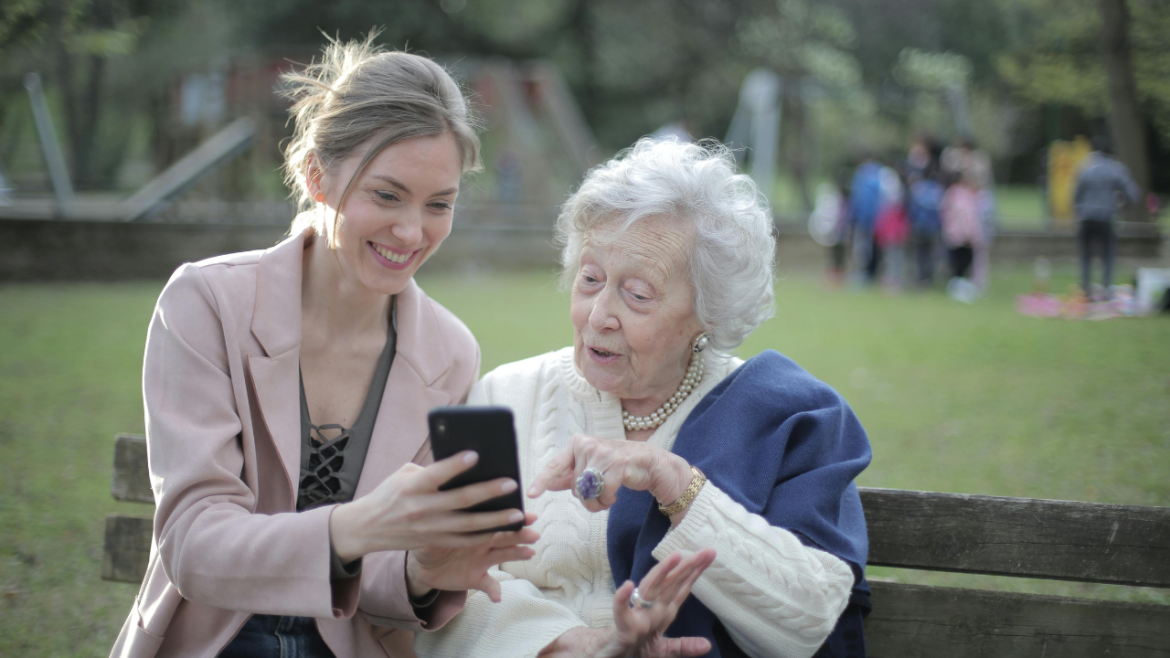How To Help Seniors Who Struggle With Technology
Technology is everywhere, shaping how we communicate, shop, learn, and even connect with our loved ones. Yet for many seniors, this constant evolution can feel intimidating and isolating. What feels natural to younger generations often feels overwhelming to older adults who did not grow up with smartphones, tablets, or video calls.
Helping seniors who struggle with technology is not about simply teaching them to press buttons. It is about nurturing confidence, preserving dignity, and creating pathways to connection that ease loneliness and restore independence.
Understanding The Struggle With Compassion
The first step in helping seniors with technology is understanding the source of their struggle. For some, poor vision, limited dexterity, or memory loss may create barriers that make devices confusing. For others, it is a fear of making mistakes or breaking something that creates hesitation. These struggles are not signs of weakness. They are natural reactions to a world that changed rapidly and left many older adults feeling left behind.
By approaching the situation with compassion rather than frustration, caregivers and family members create an environment where seniors feel safe to ask questions. When a loved one senses patience and empathy, they are more likely to try again rather than give up. Every learning moment becomes an opportunity to build trust, not only with the device but also with the person offering guidance.
Building Confidence Through Small Victories
Confidence is often the missing piece when seniors attempt to use technology. Large tasks like navigating a new phone or joining an online appointment may feel overwhelming. The key lies in breaking the process into smaller steps that can be celebrated as victories. Teaching a senior how to answer a call, send a message, or open a photo creates a sense of accomplishment. These small successes remind them that progress is possible and that technology is not beyond their reach.
As confidence grows, larger tasks become less intimidating. Video calls with grandchildren, online shopping for daily needs, or accessing medical portals transform from challenges into meaningful opportunities. Each success adds momentum, making the journey less about fear and more about possibility.
Choosing Tools That Support Their Needs
Not all devices are designed with seniors in mind. Complicated menus, small text, and cluttered screens can create unnecessary frustration. Helping seniors means guiding them toward tools that fit their specific needs. Phones with larger buttons, tablets with simplified interfaces, and voice-activated devices often provide a smoother experience. Accessibility settings, such as text enlargement and audio assistance, can make a world of difference.
These choices are not about limiting capability but about adapting technology to the person rather than forcing the person to adapt to technology. When seniors feel that their tools are tailored to them, they are more willing to use them with consistency and confidence. This adjustment changes the entire dynamic, turning frustration into acceptance and acceptance into engagement.
The Role Of Patience And Repetition
Learning something new requires time, and repetition is especially important for seniors who may struggle with memory or concentration. Expecting them to master technology quickly often leads to discouragement. Patience, gentle reminders, and a willingness to repeat instructions without judgment create a safe space for learning. Instead of focusing on speed, focus on consistency. Practicing the same steps multiple times helps create familiarity, which then becomes comfort.
Repetition also strengthens confidence by proving that the skill is not temporary. Each time they succeed, the action feels less foreign and more natural. Over time, what once seemed impossible becomes routine. This transformation not only changes their relationship with technology but also restores their sense of capability in daily life.
Emotional Connection Through Technology
At its heart, technology is not about devices but about connection. Helping seniors learn to use technology opens doors to emotional benefits that extend far beyond screens. Video calls allow them to see loved ones’ faces, reducing isolation and loneliness. Messaging apps let them send quick notes that maintain bonds even across distances. Access to online communities, interest groups, or spiritual services creates new ways to feel included in the world.
For many seniors, these connections carry more healing power than they realize. Loneliness can feel heavy, but technology has the ability to lift that weight by restoring social ties. The emotional rewards become a motivation to continue learning, proving that technology is not a barrier but a bridge.
A Path Forward Filled With Hope
Helping seniors who struggle with technology is about more than skills. It is about respect, patience, and compassion. It is about building confidence through small victories, choosing tools that meet their needs, and offering repeated guidance until comfort is achieved. Most importantly, it is about showing them that technology can connect rather than isolate.
When seniors feel capable of using devices, they regain independence and discover new ways to participate in the world around them. With every lesson taught and every smile shared during a video call, families witness not only the power of technology but the power of love expressed through teaching and patience. The journey is not always quick, but it is always worthwhile, because it turns struggle into strength and fear into hope.

